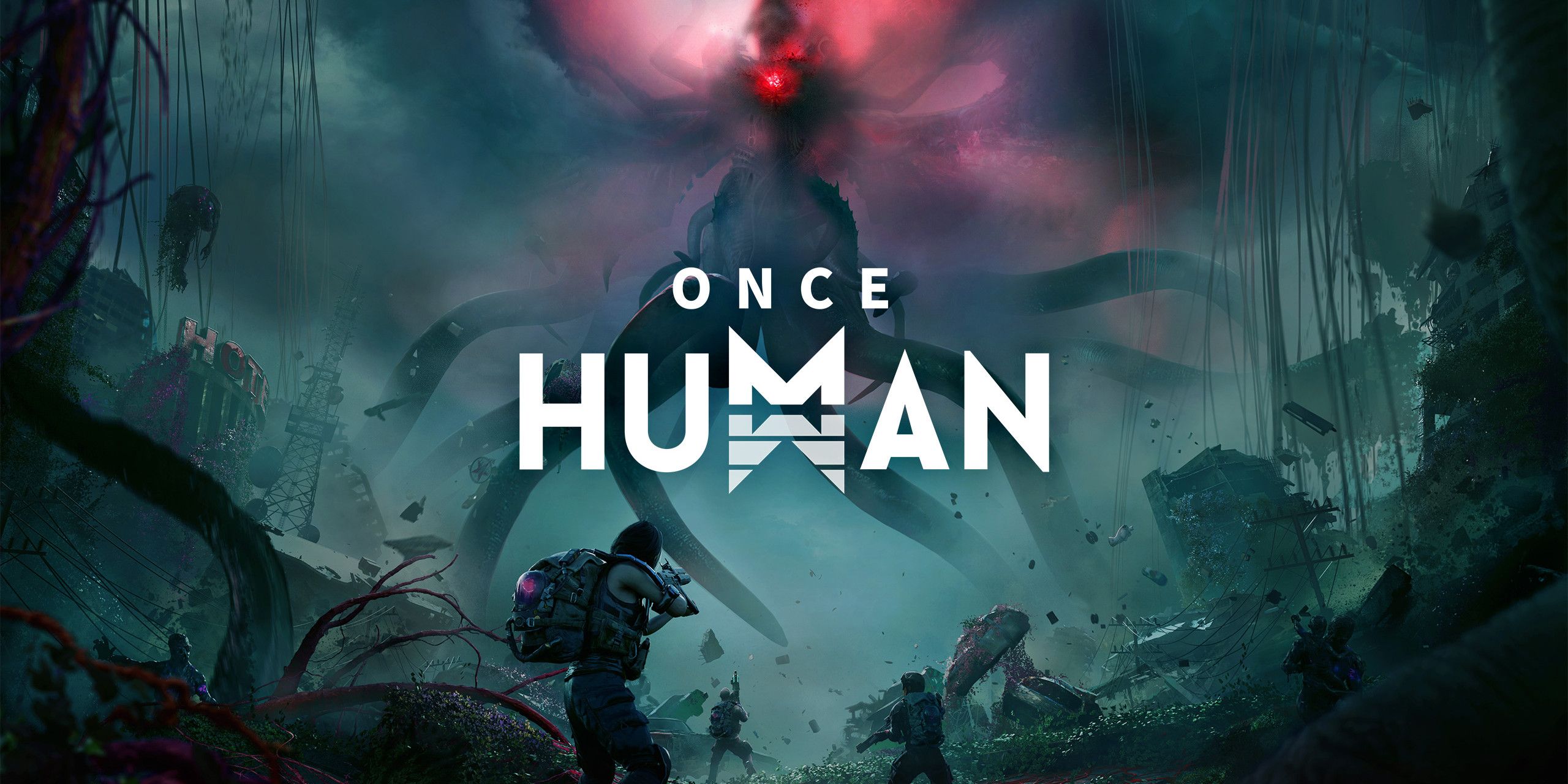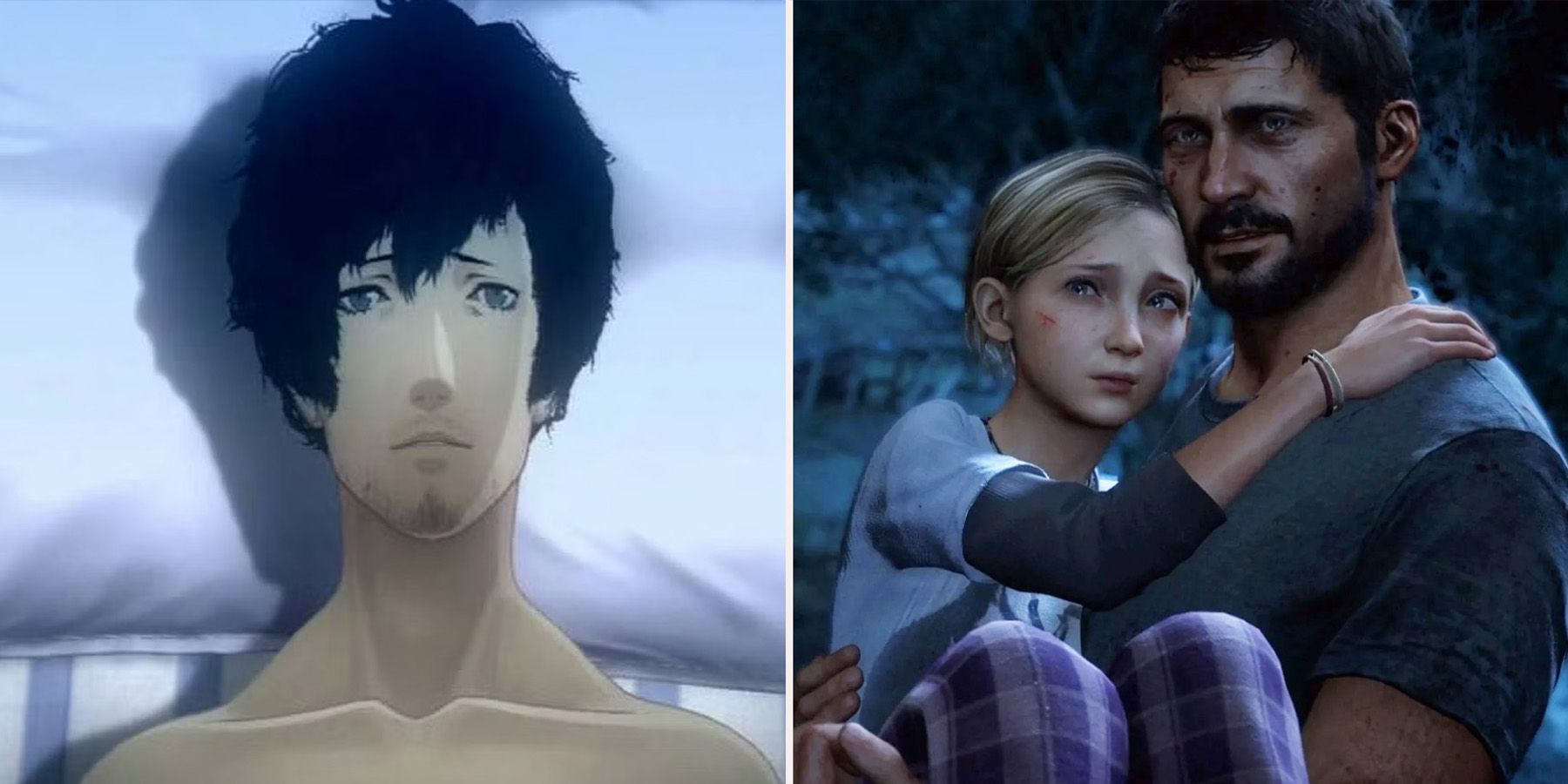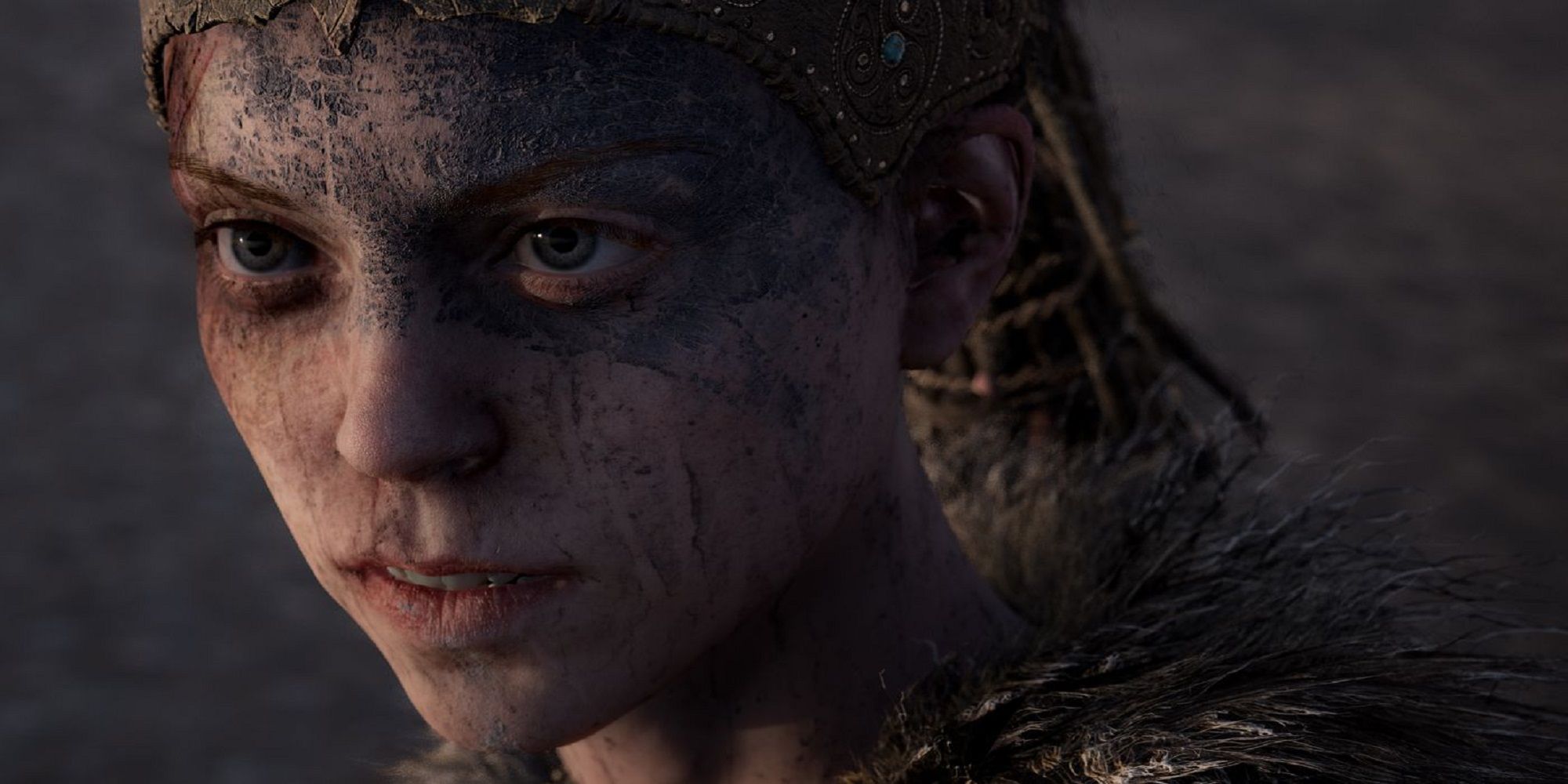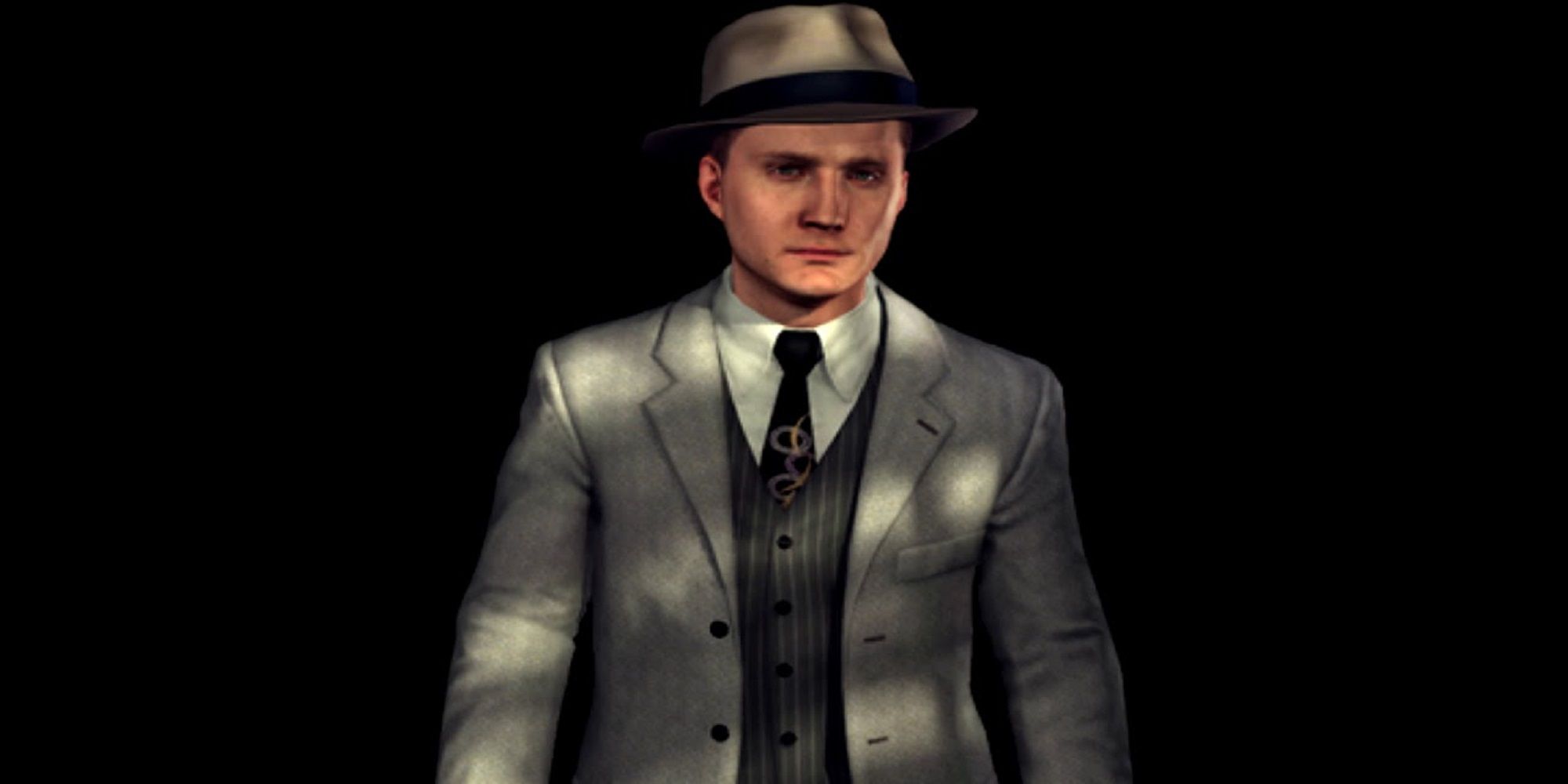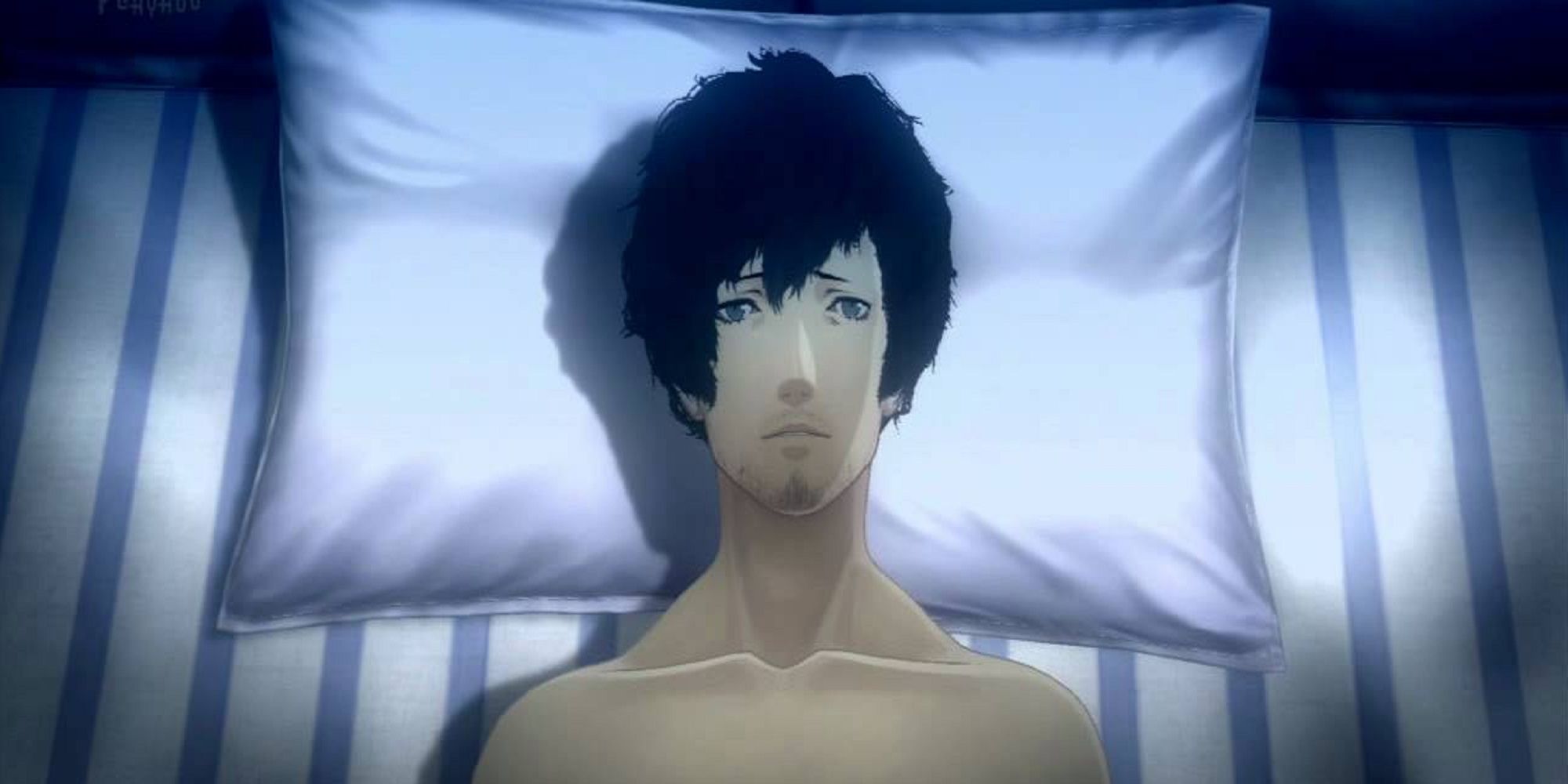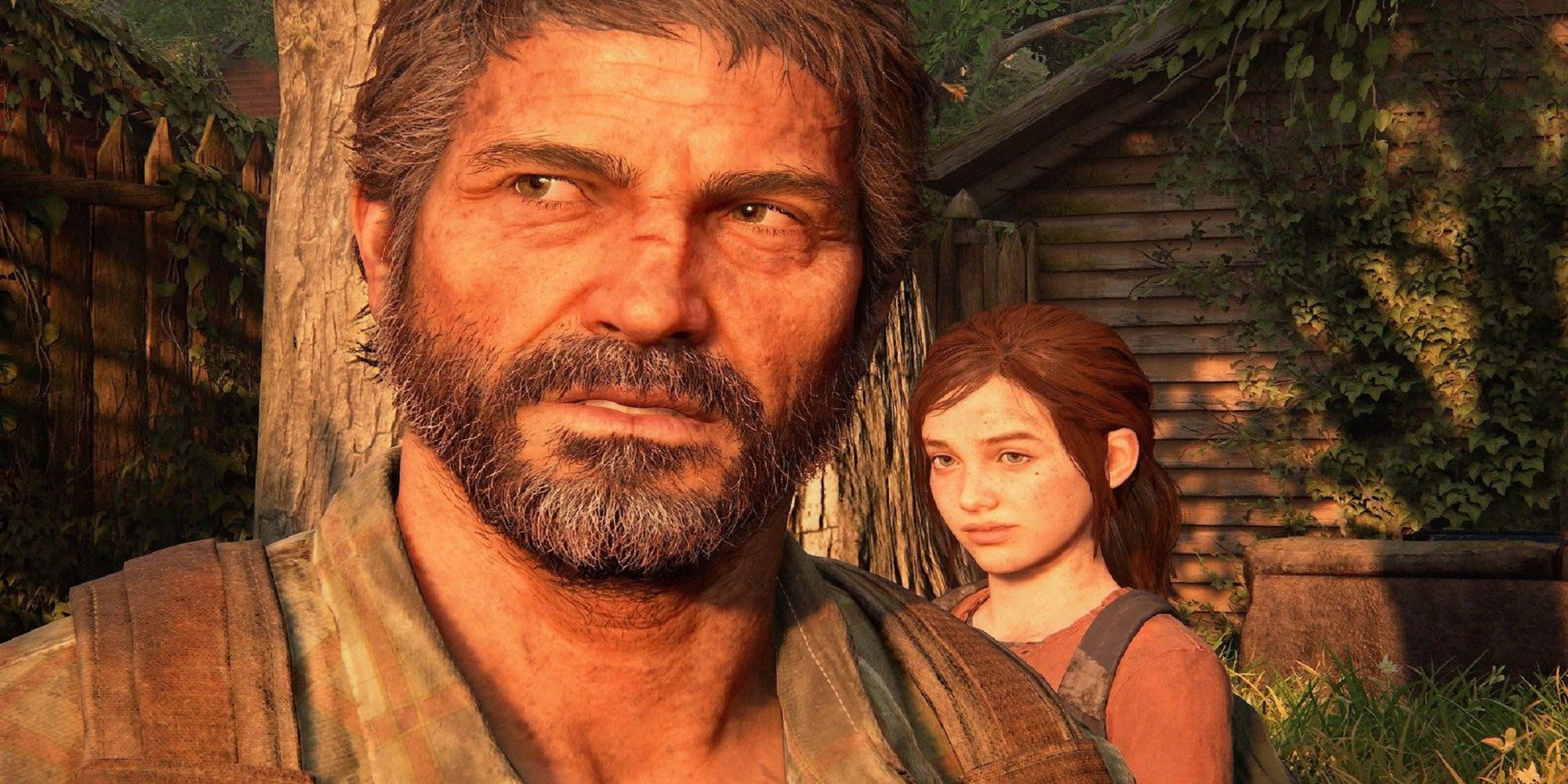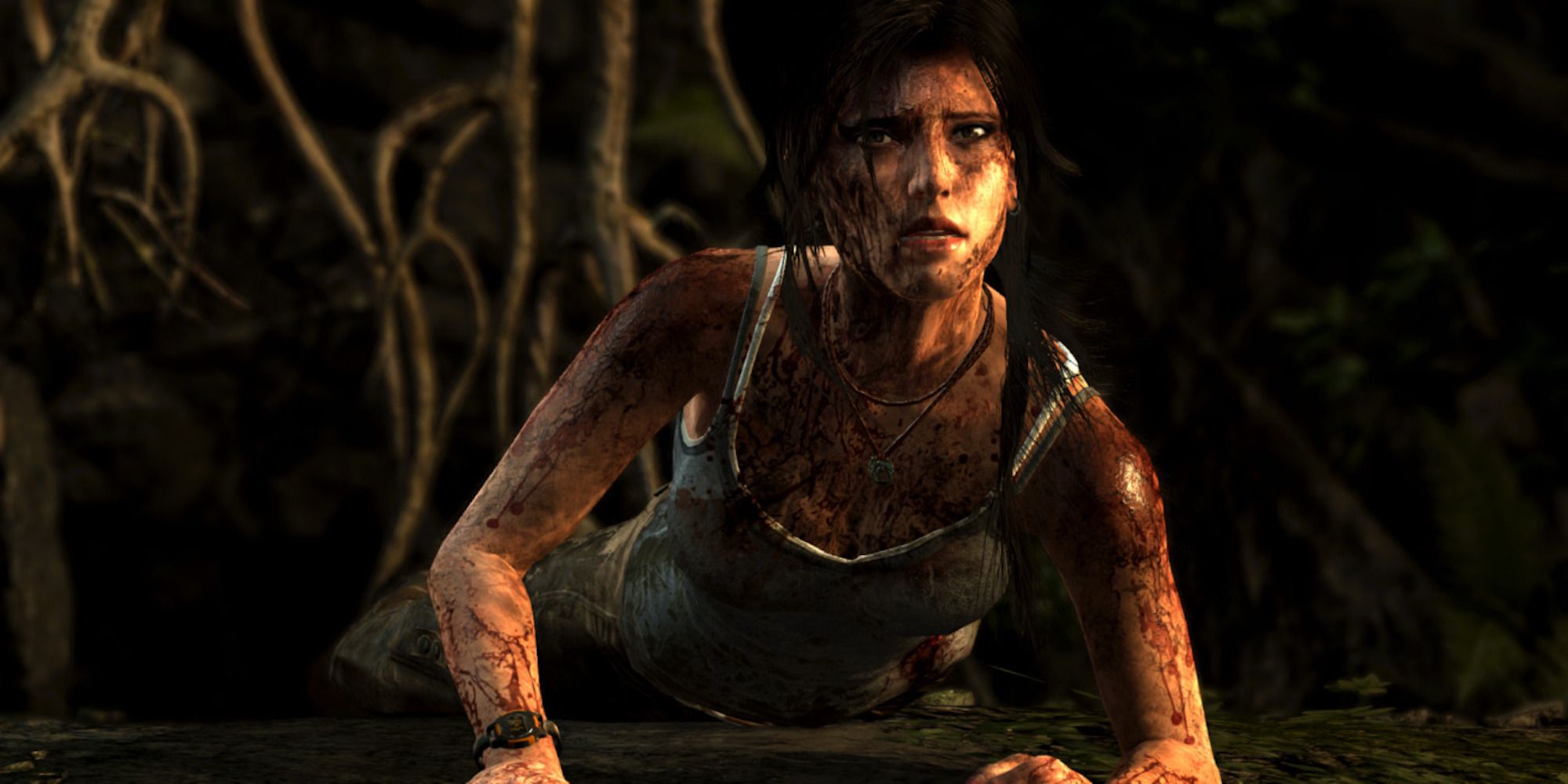Alongside TV and books, video games are one of the most popular mediums to exhibit story-telling. With every story, there are characters and with each character, we should, if lucky, see some diversity. The video game industry has often taken the lead in regard to providing diverse representation. But still, like all mediums, there is some room left to include all marginalized demographics.
While representation is needed for every group, it is the educational value of diversity that can have a much wider impact. Over the years, classic video games have put forward several fictional conditions and diseases, with none more feared than the T-Virus. But, somewhere among these are a number of characters who have had disabilities and other real-life conditions that are non-too common. However, the very fact readers may be aware of these conditions is not because they are common, but because of awareness. This is a list of interesting individuals who happen to have rare real-life conditions.
6 Aiden Pierce – Watch Dogs (Savantism)
The main protagonist in the game Watch Dogs, Aiden Pierce is a unique individual with the syndrome known as savantism. Made famous by a late eighties movie that went on to become the stereotype for an entire demographic, savantism is a condition said to affect around 1 in 10 people with autism spectrum. A savant is often highly skilled in one or more areas with common interests often being math or music.
Aiden Pierce utilizes his savantism as a genius hacker with an exceptional memory. Additionally, he is well-trained in firearms and hand-to-hand combat and has a good mix of brains and brawn.
5 Senua – Hellblade: Senua's Sacrifice (Psychosis)
To dispel any misconception from the off, Senua like the vast majority of people who suffer from this condition is not crazy! No, she has psychosis. With approximately 1 in 100 people experiencing bouts of psychosis at some stage in their lives, Senua’s on-screen experience might be something they can relate to.
Designed by developers with the guidance of professionals, Senua is an intriguing character whose condition was included to increase awareness of psychosis. Experiencing auditory and visual illusions, Hellblade’s lead role is an excellent example of positive and informative representation.
4 Cole Phelps – LA Noire (Post-Traumatic Stress Disorder)
Cole Phelps is the lead protagonist in the now cult classic, LA Noire. Developed by Rockstar, this action-adventure game takes the player to Los Angeles in 1947 where they must rise in the ranks of the LAPD. Playing as Phelps, fans make their way about the city solving puzzles and fighting crime.
Having worked with medical professionals to develop the character, Phelps is portrayed as suffering from Post-Traumatic Stress Disorder (PTSD). The game and portrayal have been praised for their accuracy and attempt at raising awareness about trauma and PTSD specifically. A World War 2 veteran, Cole Phelps is another example of well-researched positive representation.
3 Vincent Brooks – Catherine (Sleep Paralysis & Parasomnia)
This puzzle game, Catherine, is an intriguing 2011 title released by Sega. It's a mixture of interesting gameplay, puzzles, stories, and characters. The main protagonist of this little gem is called Vincent Brooks, and it is Vincent’s condition that helps shape the narrative.
Vincent suffers from the real-life conditions of sleep paralysis and parasomnia. Exhibiting symptoms such as nightmares, hallucinations, and full-body physical paralysis upon waking, Mr. Brooks is a good example of the effects of sleep conditions. The game explores the impact of these conditions on Vincent’s life and relationships and is very much relatable to those with similar symptoms.
2 Joel – The Last Of Us (Survivor’s Syndrome)
The main character of this post-apocalyptic action-adventure game, Joel finds himself inhabiting the wasteland that is now the U.S. while fighting off abominable creatures.
Given the circumstance, Joel’s character is in a reasonable situation to develop some manner of mental health issues, which he does. Joel suffers from a trauma-related syndrome called Survivors Syndrome. Also known as Survivor’s guilt, this condition can affect individuals with nightmares and flashbacks that exacerbate the associated trauma.
1 Lara Croft – Tomb Raider (Post-Traumatic Stress Disorder)
Lara Croft is an iconic character who first burst onto screens in 1996 in the ground-breaking game, Tomb Raider. With twenty games released in the series, players have been gifted to many-a-breath-taking puzzling action-adventure quests. As such, and understandably realistic as far as traumatic events go, fans might not be surprised to learn that over the years Croft had developed PTSD.
A mainstay female role model for decades, Lara Croft’s character development has gone on to see her as a positive representation of an individual who suffers from PTSD and mental health issues. Alongside wholly new characters who represent people from different demographics, creating story arcs for well-established characters is a positive step for inclusion and better awareness.


